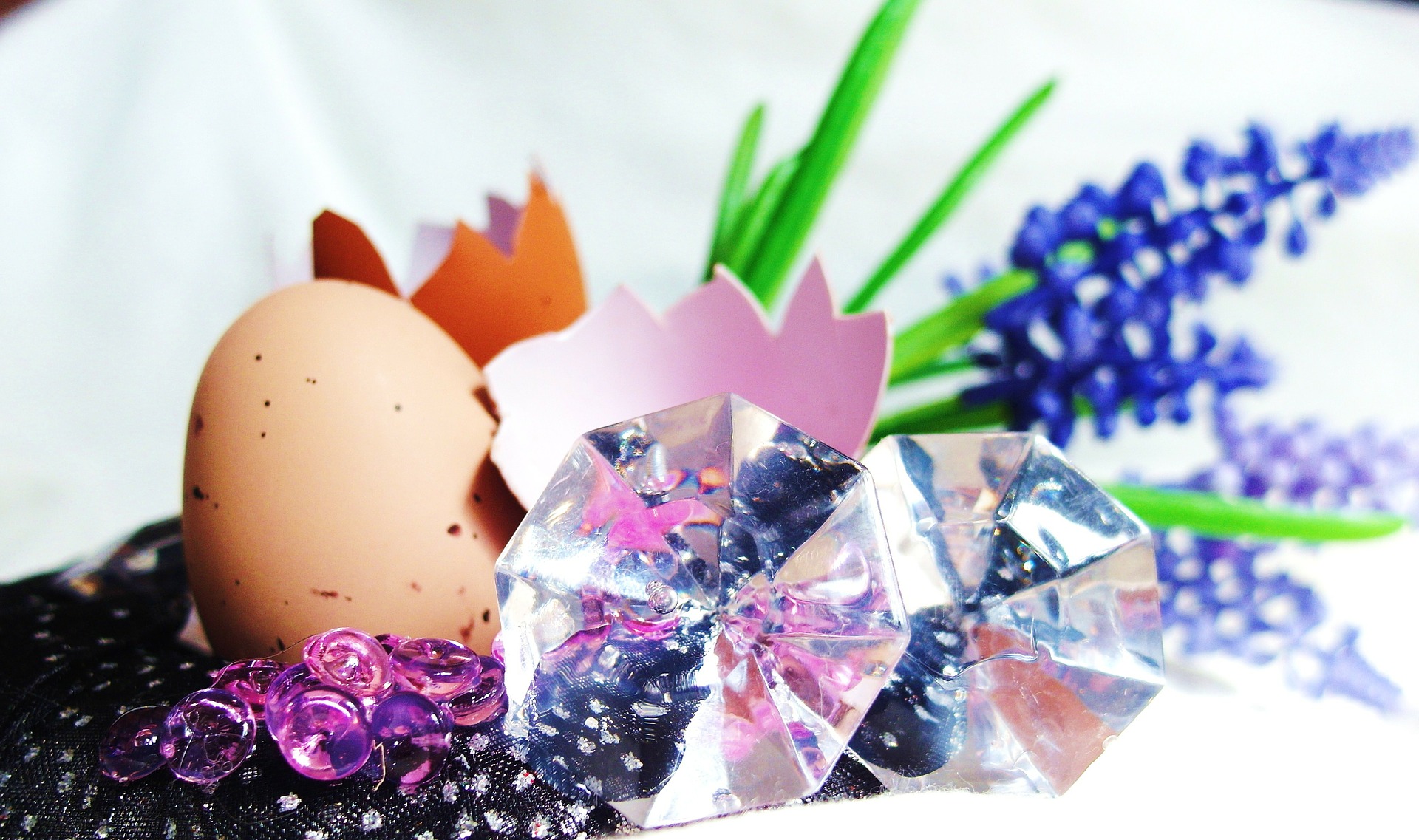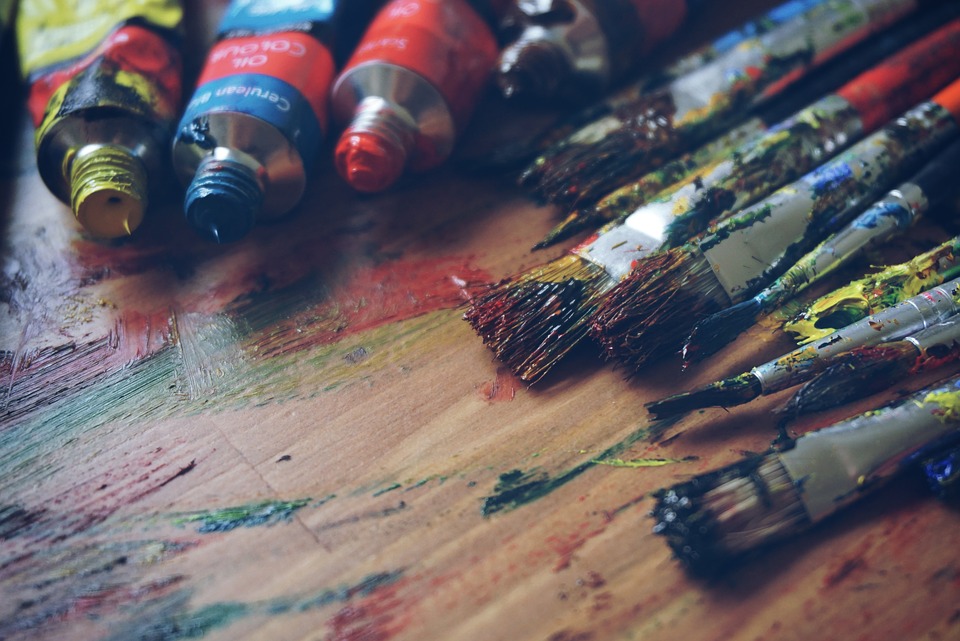Masks have been used in theater throughout history. From ancient Greece to Japanese theater to ancient Chinese theater, masks were a huge part of enhancing actor performance during stage plays. Masks were not only used in the theater but also rituals and performances throughout communities in the past.
Commedia dell’arte is a form of theater that originated from Italy in the 16th century. A commedia dell’arte performance is characterized by comedy and the different characters represented by masks. All commedia masks represent a specific character.
The audience can tell from the start from which social class the character comes from, their attitudes, and their likes and dislikes. Commedia dell’arte type of theater was popular in Italy up to the 18th century. This shows just how much masks amplified theater performance and excited the audience. Instead of the actor doing all the work, they would only focus on movement, and the mask would finish the job. From lovers to authority figures, Commedia masks are known to create characters that the audience can relate to from the minute they get on stage.
Below are the different types of commedia dell’arte masks.
1.Zanny
This character was used to represent the low-class people in the society or the peasants. The mask was made to resemble a clown or foolish character. It only covered the upper part of the face and had a long nose. The longer the nose, the bigger the fool. The actors would wear sacks and arch their backs because peasants were known to carry heavy loads.
2.Pantalone
This mask has distinct facial features such as a hooked nose and bushy eyebrows. Pantalone is a character that represents an old, wealthy merchant and a highly respected businessman.
3.IlDottore
Il Dottore, in English, means the doctor. Doctors in the past used to dress in black suits with big caps and so did Il Dottore in commedia dell’arte. His mask covered only half his face. The main feature was a bulging nose. The mask would sometimes be used to represent the character of a lawyer.
4.Arlecchino
Arlecchino translates to Harlequin in English. This was the most famous character in the Commedia dell Arte Theater. Arlecchino’s mask had cat-like features with a small and round nose. These features showed their primitive nature. Arlecchino is part of the Zanni genre, so he was also a clown and made to be foolish but loyal to his master.
5.Pulcinella
The most distinctive feature of this mask is the nose. It is either black or dark brown with a beaked nose. It also has a wart either on the nose or forehead. The mask to has furrowed or knitted eyebrows with a beard or mustache and wrinkles.
Other common characters in Commedia Dell’arte Theater include Il Capitano, Brighella, and Colombina. In the past, all masks were made of leather, but today most of them are made out of neoprene. Some leather masks still exist today. However, most of them are being made new with modifications to the characters.
Read Also:





















